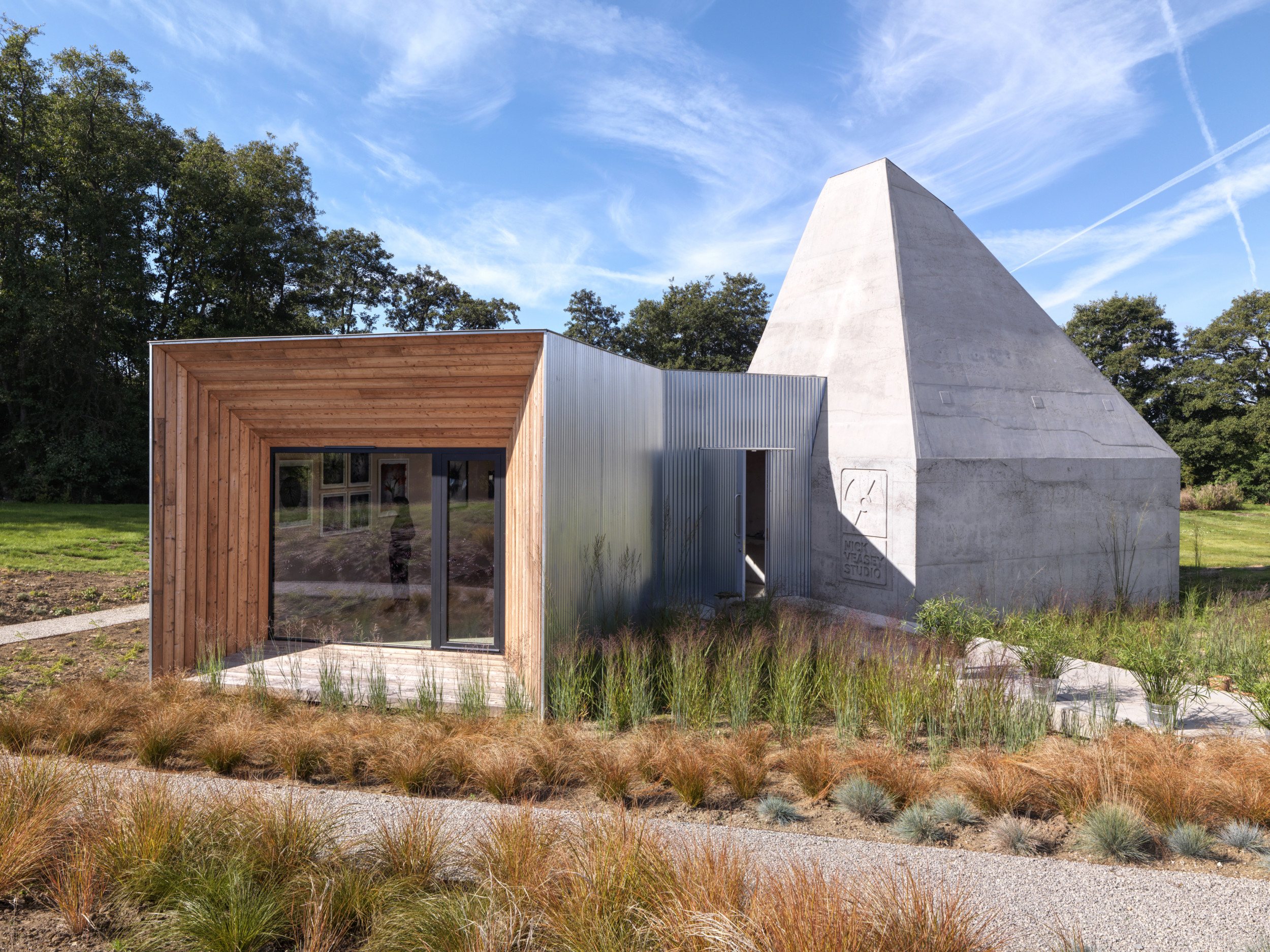
Hollaway Studio is a Kent-based architectural and interior design practice, working in Sevenoaks, that embraces the past, the present, and the future and places people and feeling at the core of its architecture philosophy.
Kent is our home. We have designed and built many projects in the port town of Folkestone over the years including Rocksalt restaurant in Folkestone harbour, Workshop in the new Creative Quarter, and F51, the world’s first multi-storey skatepark. We create ambitious designs that reflect the surroundings focused on how people use spaces and flow through a building. Working closely with our clients, our team of architects and interior designers realise your brief and aspirations to create a successful and memorable guest experience.
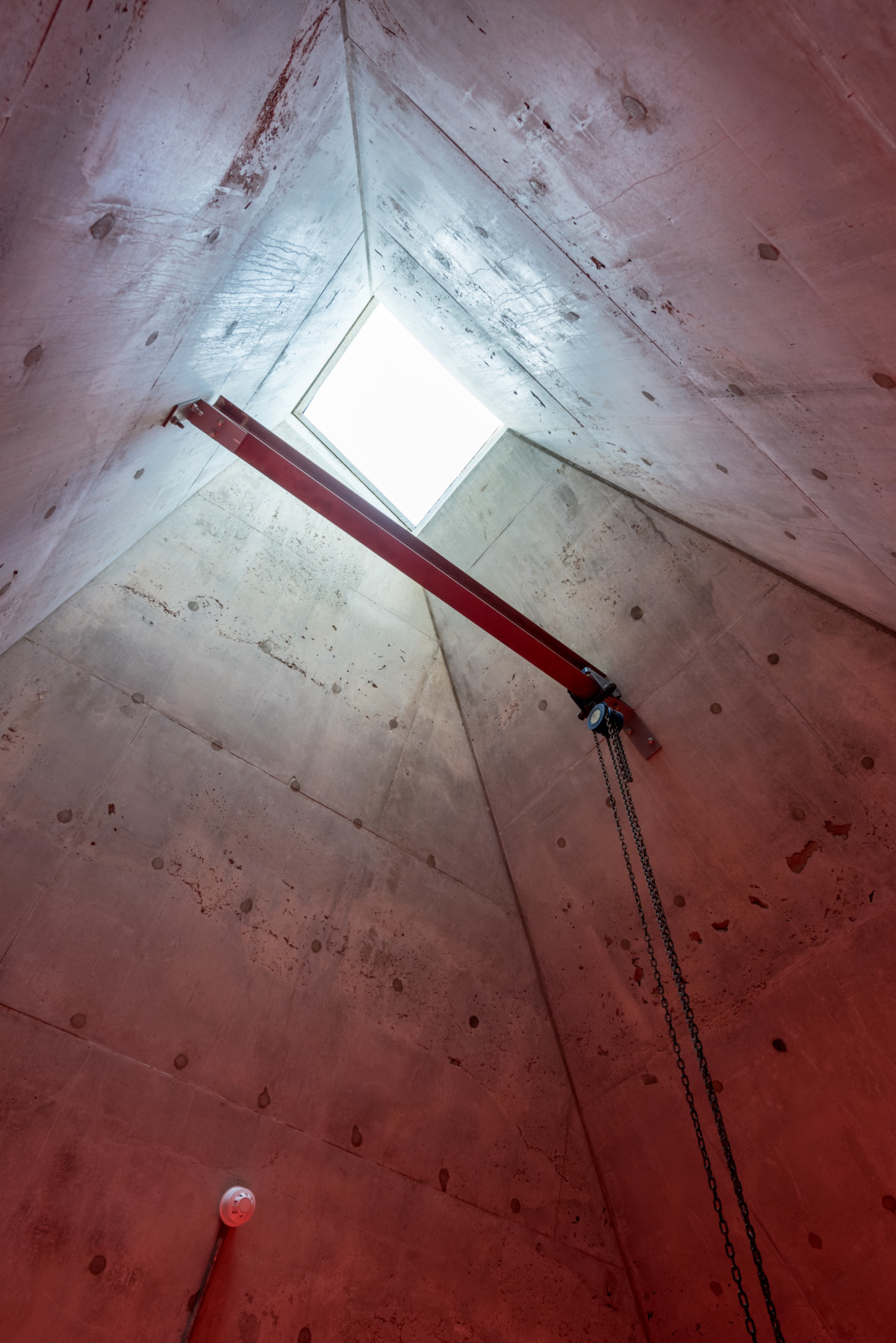
Design begins with feeling – for place, for the past, for the needs and wants of the now, and for a future that matters. It listens. It empathises. It’s pragmatic. It’s an understanding that informs everything we do. It makes buildings that work – truly, beautifully. This is how we approach all architecture and design projects.
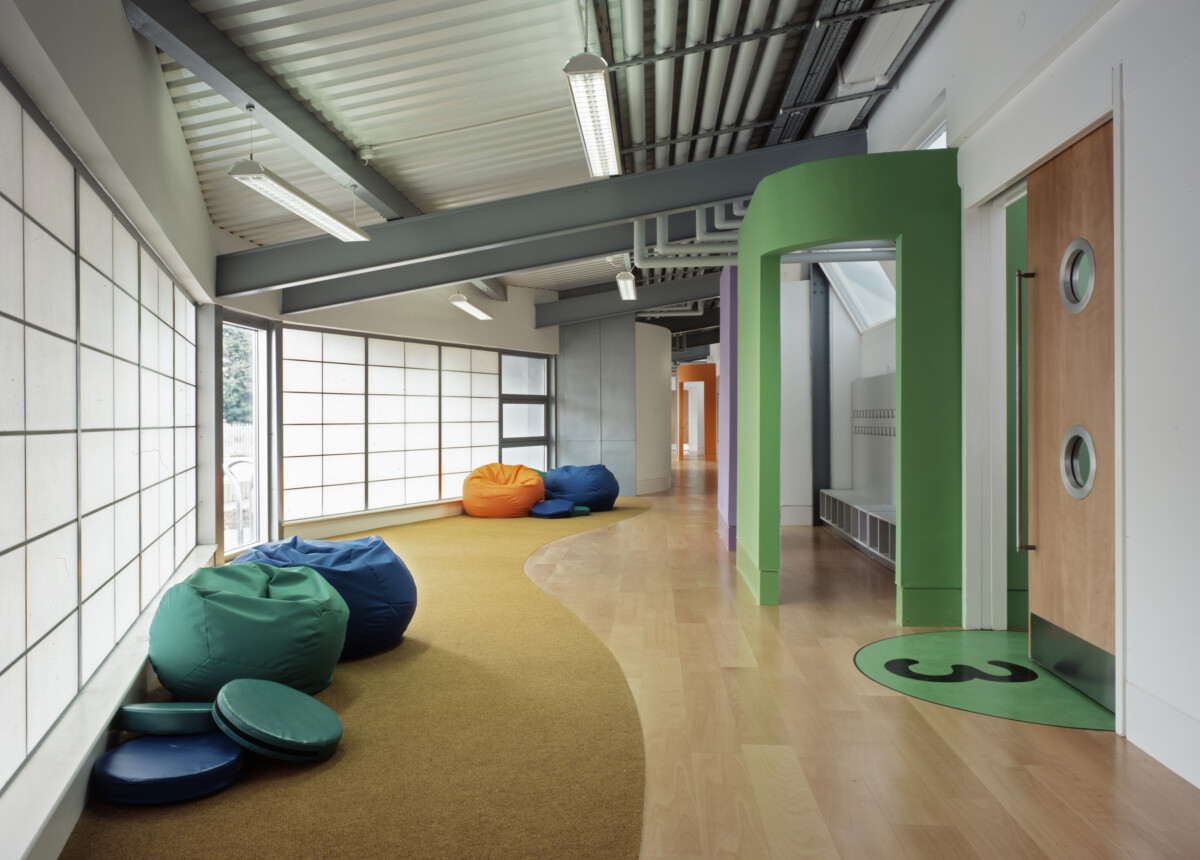
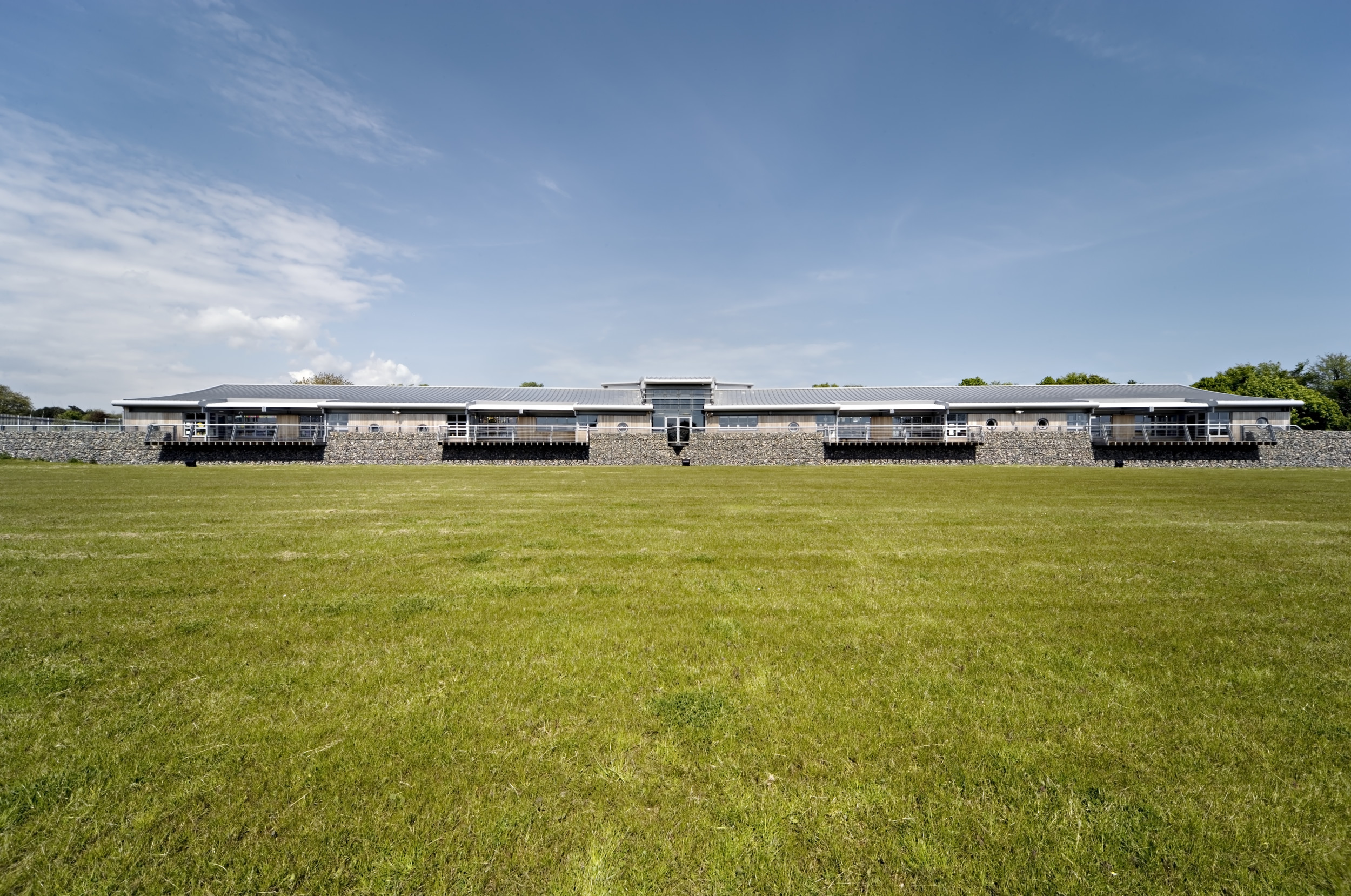
An architecture and design practice is nothing without its people, and the very best practices are those in which everyone has a voice – however different it may be. We are extremely fortunate Hollaway is exactly this: an extraordinary bunch of thinkers, talkers, and doers. These are the people that get buildings made.
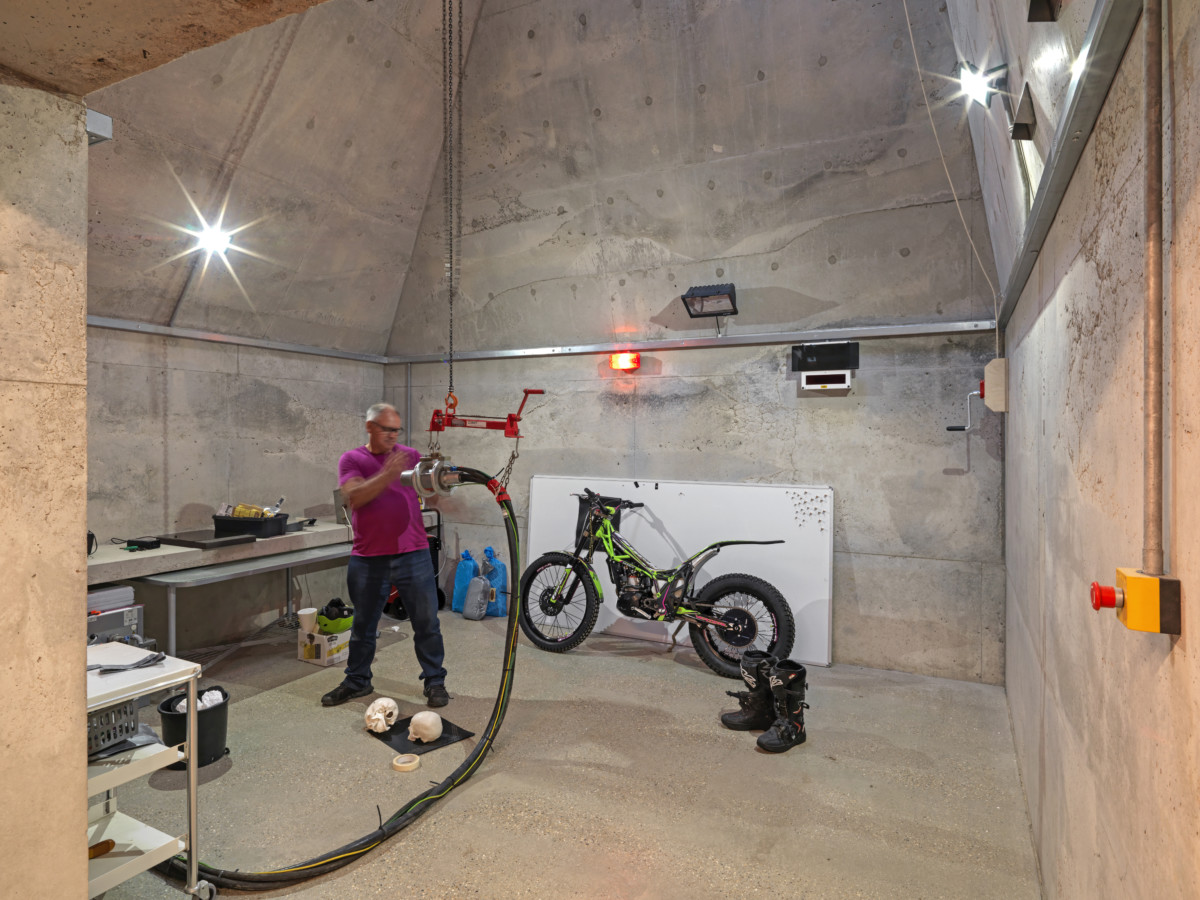
Utterly unusual, a studio and gallery near Sevenoaks, a place for seeing into and being seen into, it was essential that the materials used for Process Gallery’s construction embody the art it would both facilitate and show off. The bones of the building had to be laid bare – in much the same way as Veasey’s work finds its way into exposing those of his subjects. Hence, everything looks like it should look: concrete floors, a ply-clad interior, and exposed concrete walls. Nothing is hidden, camouflaged, obscured. There is no trickery, no conceit.
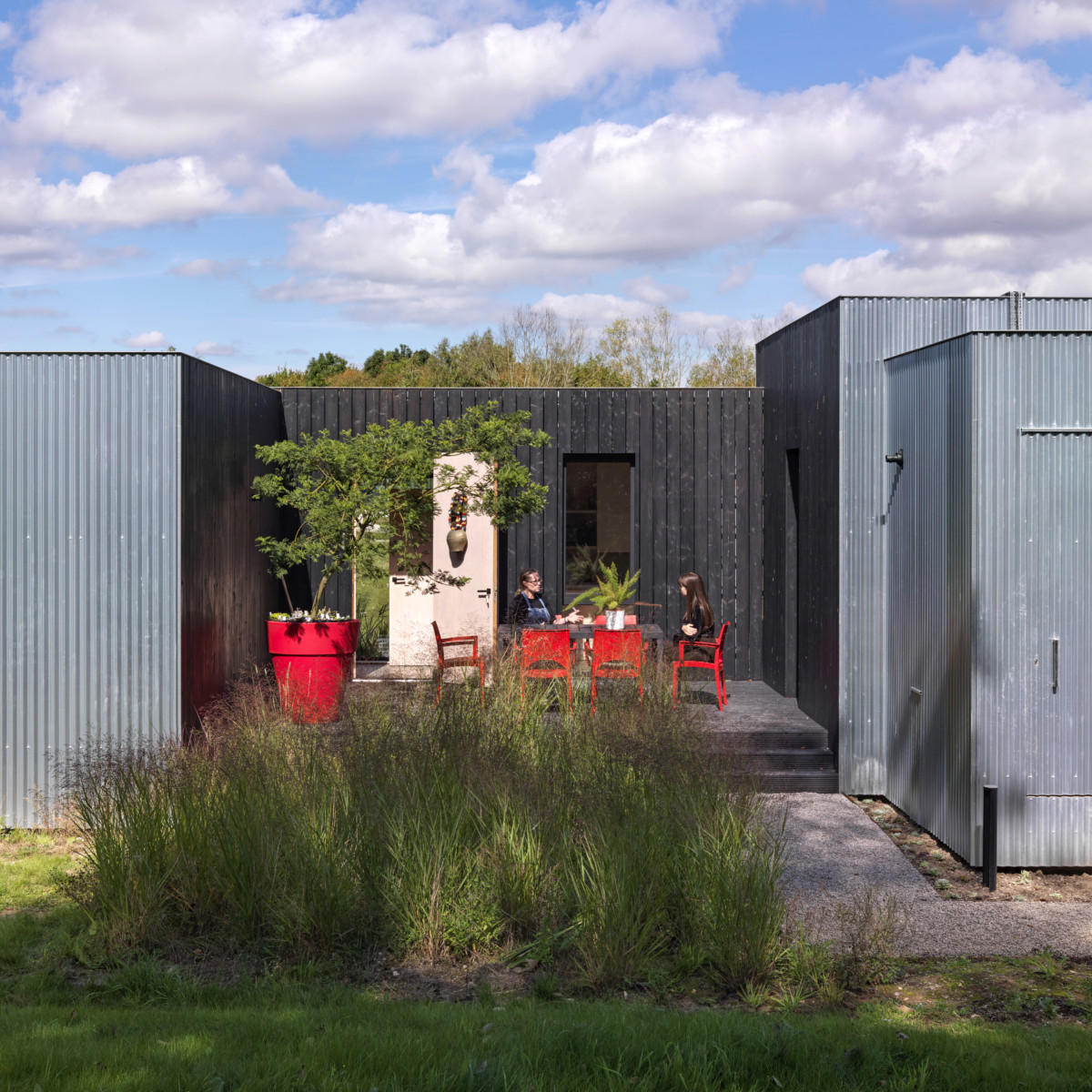
Hollaway’s approach to architecture and design always starts with people and place. How does a building contribute to the community it will inhabit? How will people interact and engage with the architecture created in this space? Under his leadership and hands on approach Guy Hollaway has created a design-led Practice committed to innovative building solutions, with work ranging from prestigious one off commissions to large scale regeneration projects.
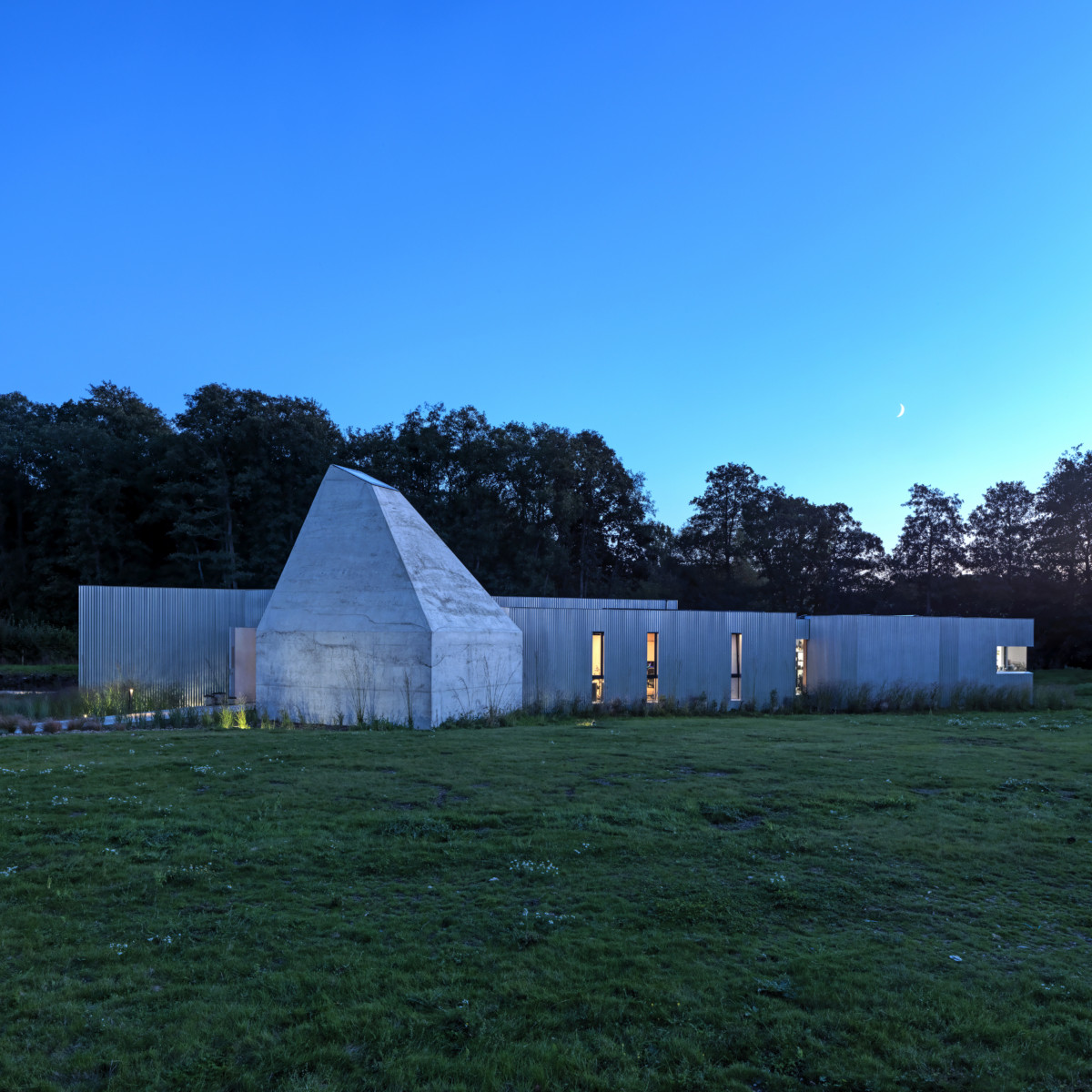
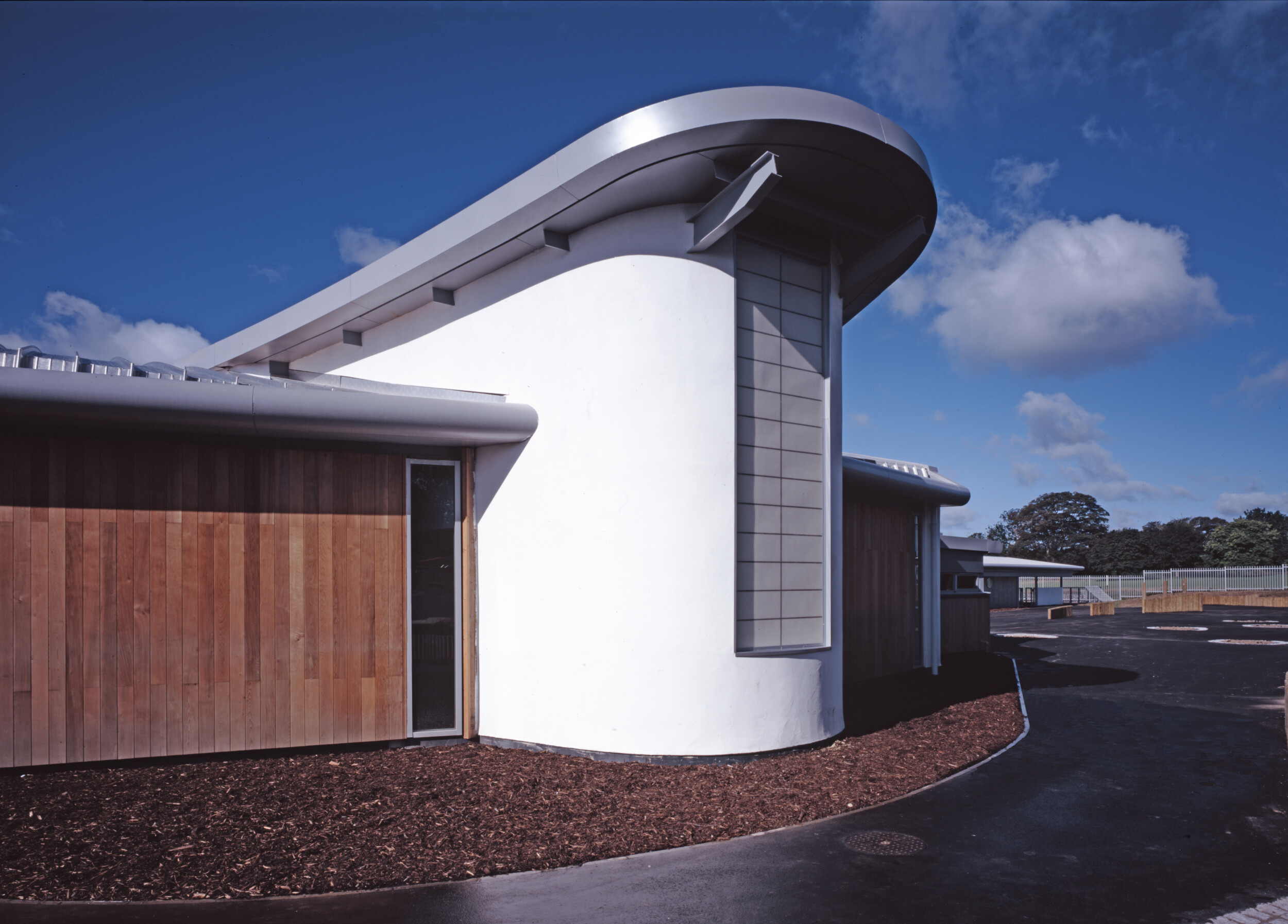
The RIBA award-winning architecture and design practice near Sevenoaks has built its reputation working on a wide array of projects, including a cutting-edge skate park, the world’s first heritage theme park, a bespoke artist’s studio in an open field, and a high-end seafood restaurant. The breadth of these projects may be wide, but each one brings the perfect balance of playfulness and sincerity, with a firm focus on placemaking, sustainability and the experience of the individuals who will use the space.

London
10A Acton Street WC1X 9NG
+44 (0)20 7096 5425
Kent
The Tramway Stables, Rampart Road
Hythe CT21 5BG
+44 (0)1303 260 515
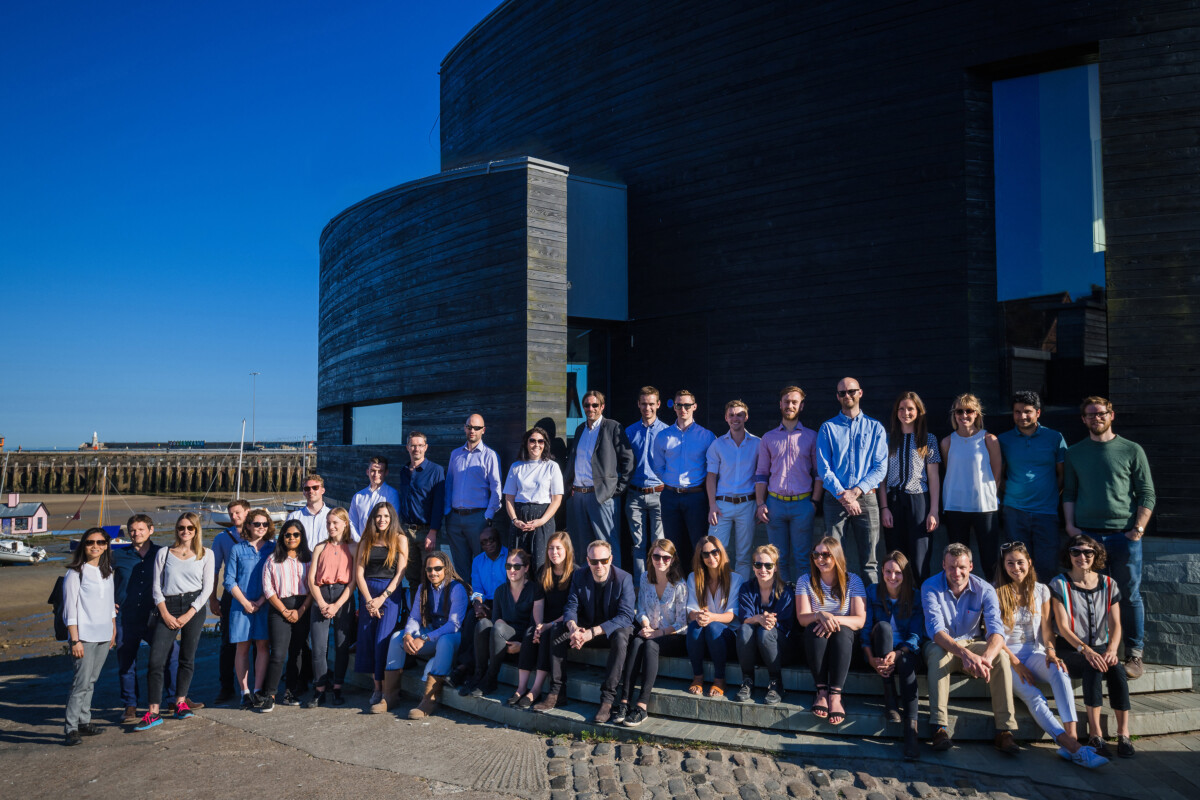
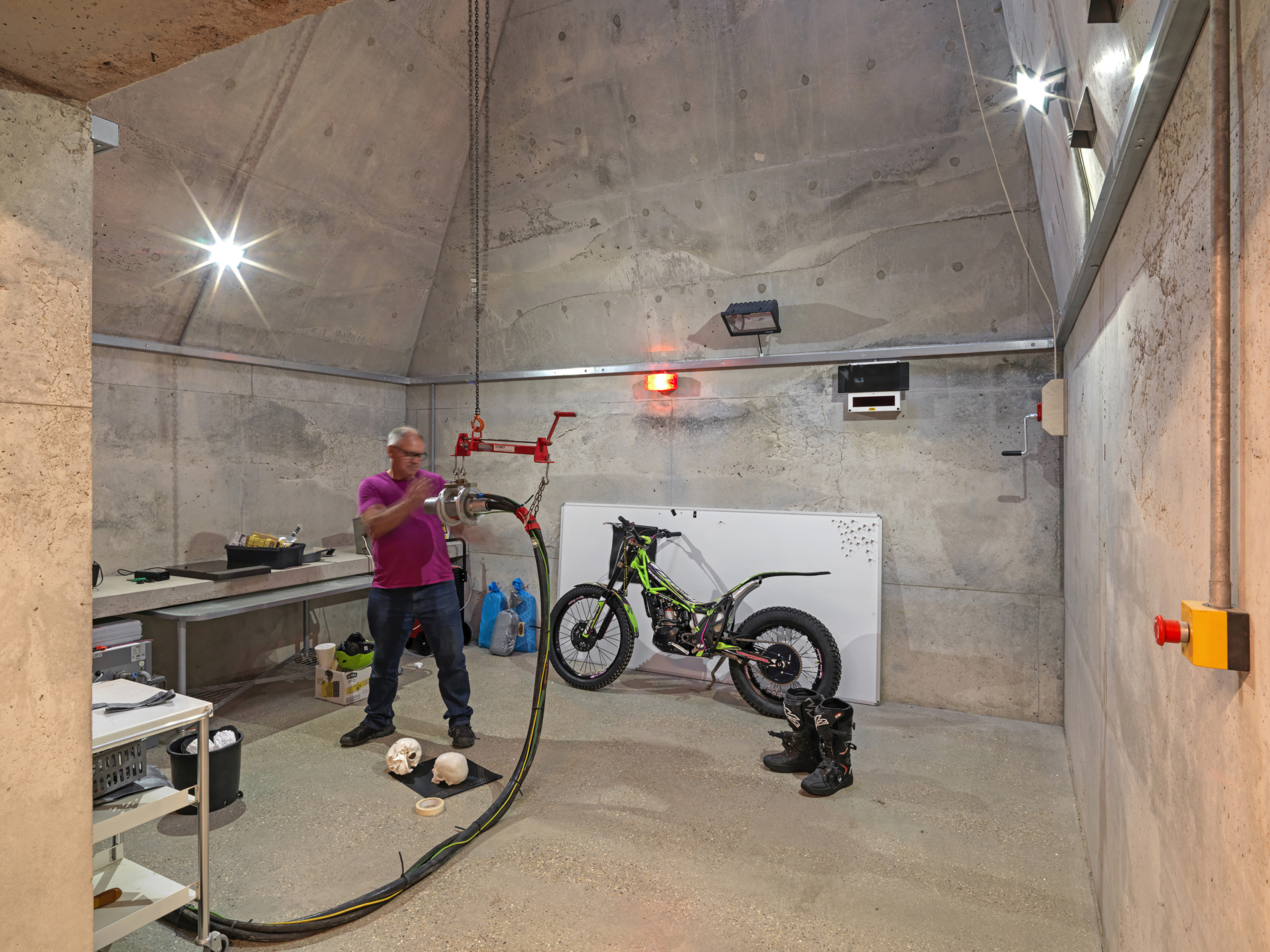
Chevening House, Sevenoaks Inspired Jane Austen’s Pride And Prejudice
The evidence of writers like Jane Austen can be seen everywhere, owing in large part to the fact that they very often travelled the country extensively. Dickens, too, has become the claim of many a city pub, for the same reason. But this is not to say that there are no places of particular significance or importance with these writers – of course there are – and with Jane Austen in particular, we are able to sketch out a few key places which definitely inspired her work.
One such location is Chevening House, in Sevenoaks, Kent. This famous and beloved country manor is usually seen as the inspiration behind Austen’s Rosings Park in her most famous novel, Pride and Prejudice. But how clear is the link between the two? And what are the similarities? To understand this better, let’s now take a closer look at Chevening House itself in all its glory.
What & Where Is Chevening House?
First of all, let’s look at the basics. Chevening House is a Grade I listed country house in Sevenoaks, Kent. It was built from 1617 to 1630, and designed by the notable early English architect Inigo Jones. After that, it was later extended in 1717. While the building itself is Grade I, the gardens and land surrounding it are themselves Grade II.
Historically, Chevening House was the principal seat of the earls Stanhope, a title which only dissolved as late as 1968. Today, both the house and grounds are maintained and managed by the Chevening Estate, a trust set up under an act of the same name in 1959. Since then, it has served as a residential estate for a cabinet member or a descendant of King George VI, as determined by the Prime Minister. Despite this, and regardless of popular opinion, Chevening House is not actually an official residence.
The Jane Austen Connection
So where does the idea of Jane Austen using the building as inspiration come from? In all likelihood, it stems from the fact that Austen once stayed in a nearby dwelling – the Court Lodge (now divided into contemporary flats). Although this is distinct from Chevening House, it is nearby enough to suppose that Austen might well have chanced upon the latter, especially given the popularity and fame of the building itself. It does indeed seem perfectly likely that Jane Austen used Chevening House, or perhaps that along with Court Lodge, as inspiration for her Rosings Park in Pride and Prejudice.
The Similarities
So what are the actual similarities between her fictional manor and Chevening House, and where do they appear to differ? Is this simply an imaginative idea that overzealous readers have come up with, or is there real evidence that it really was an inspiration? Looking into it, it does seem to be the case that Chevening House shares a lot in common with Rosings Park.
First of all, there is of course the size and scale of the buildings. This, coupled with the sheer grandeur of both, could indicate that there is some kind of link between the two, even if only in Austen’s imagination. Of course, all manor houses can be said to have this kind of grandeur, so this alone might not be enough to convince a skeptic of the connection.
But looking closer at some of the descriptions of Rosings Park in Pride and Prejudice, we see specific details which do indeed seem to be taken from Chevening House – if not from another building very similar to it. There are, for instance, the two smaller side buildings, as mentioned in the novel, as well as the circular lawn in the middle of the three.
Then there is the placement of the building within the landscape – a particular kind of detail that Austen loved to make good use of in many of her descriptions of buildings and other structures. These two seem very much the same, and indeed it might be this specifically that has caused people to draw the comparison between them.
All in all, it can be seen that there are some similarities between Austen’s manor house in Pride and Prejudice and the beautiful and stately Chevening House.
If you ever get a chance to visit Sevenoaks, you should take a look at Chevening House. Because it is used for official purposes, you won’t always be able to take a tour, but you can see the grounds most times of the year, and it is well worth it for a day out – and possibly for inspiration of your own.